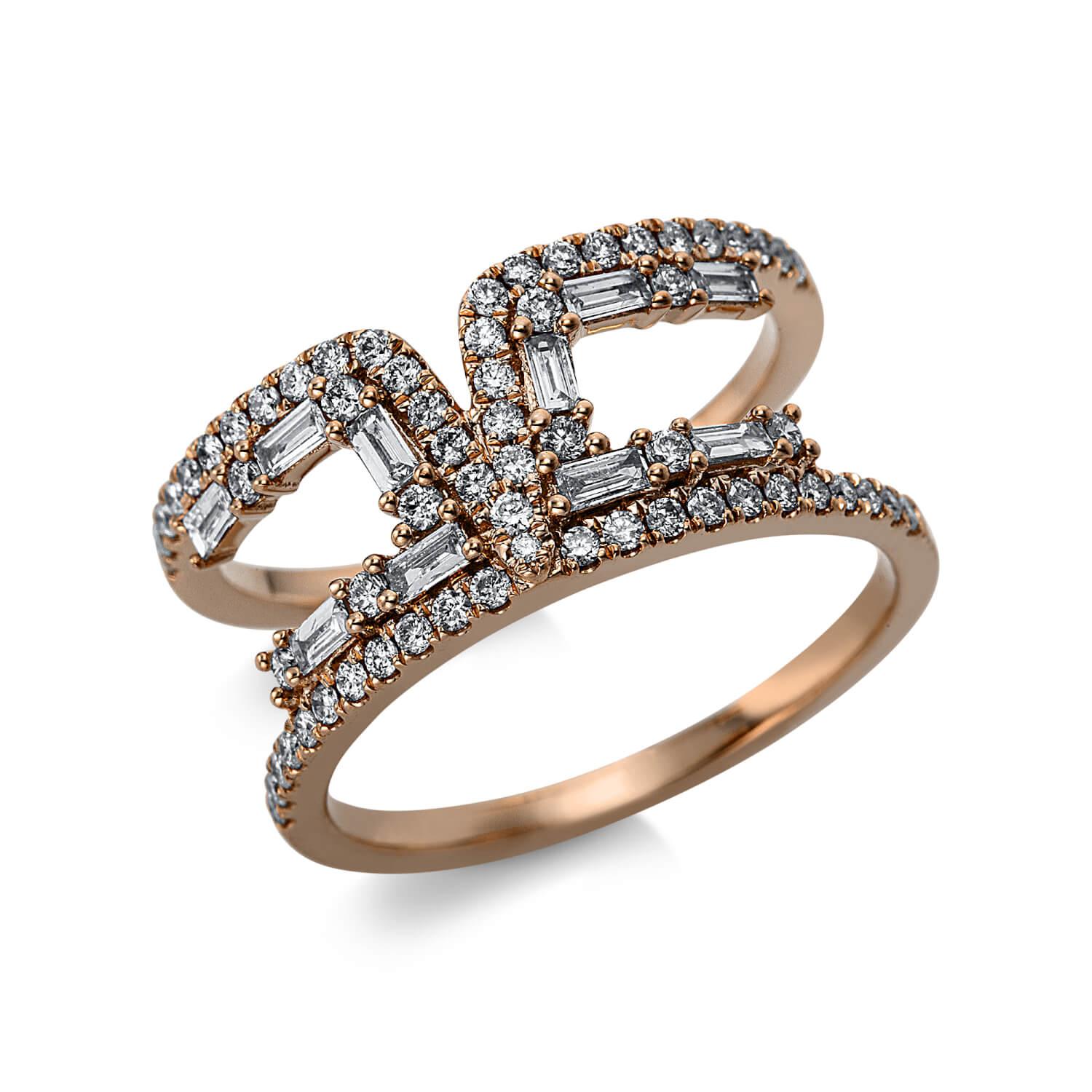The Cultural and Historical Importance of Rings

Introduction
Rings have played a crucial role in human culture and history, symbolising various values such as love, power, and commitment. From ancient civilisations to modern-day accessories, rings carry a significance that often transcends their physical form. This article explores the diverse meanings and roles of rings throughout history and their relevance in contemporary society.
Historical Significance
Historically, rings were worn by nobles and royals as a display of authority and wealth. The signet ring, for instance, was used in ancient Rome to seal documents and was associated with official status. In many cultures, rings were not only symbols of power but also held spiritual value. For example, in various indigenous cultures, rings were made of natural materials and used in ceremonial practices.
Rings in Marriage and Commitment
The most notable contemporary use of rings is in marriage. Wedding rings have evolved into a profound symbol of love and commitment. The tradition dates back to the ancient Egyptians, who believed the circular shape symbolised eternity. Today, couples exchange rings during wedding ceremonies as a public declaration of their love and bond.
Fashion and Self-expression
In modern fashion, rings have become a form of self-expression, with various styles, materials, and designs available. From minimalist bands to extravagant statement pieces, rings can reflect personal taste and identity. Recent trends include stacking rings for a layered look, showcasing individualism in accessories.
Recent Trends and Innovations
The jewellery market has seen significant changes with the rise of ethical fashion. More consumers are opting for rings made from sustainable or recycled materials. Moreover, the popularity of custom-made rings allows individuals to create unique pieces that resonate with their personal stories and values. Innovative technology also plays a role, as 3D printing allows for bespoke designs that were previously unattainable.
Conclusion
Rings are more than just decorative items; they are imbued with centuries of meaning and tradition. Whether as emblems of commitment, symbols of social status, or expressions of personal identity, rings continue to hold importance in our lives. As society evolves, so too will the significance of rings, adapting to reflect modern values while retaining their rich historical essence. For readers, understanding the layered meanings behind rings can enhance appreciation of these timeless symbols.
